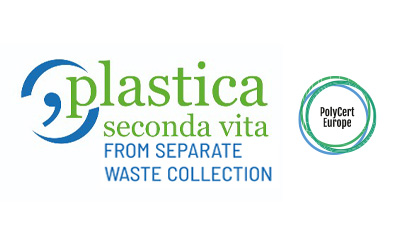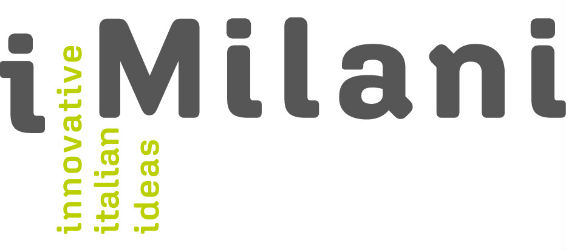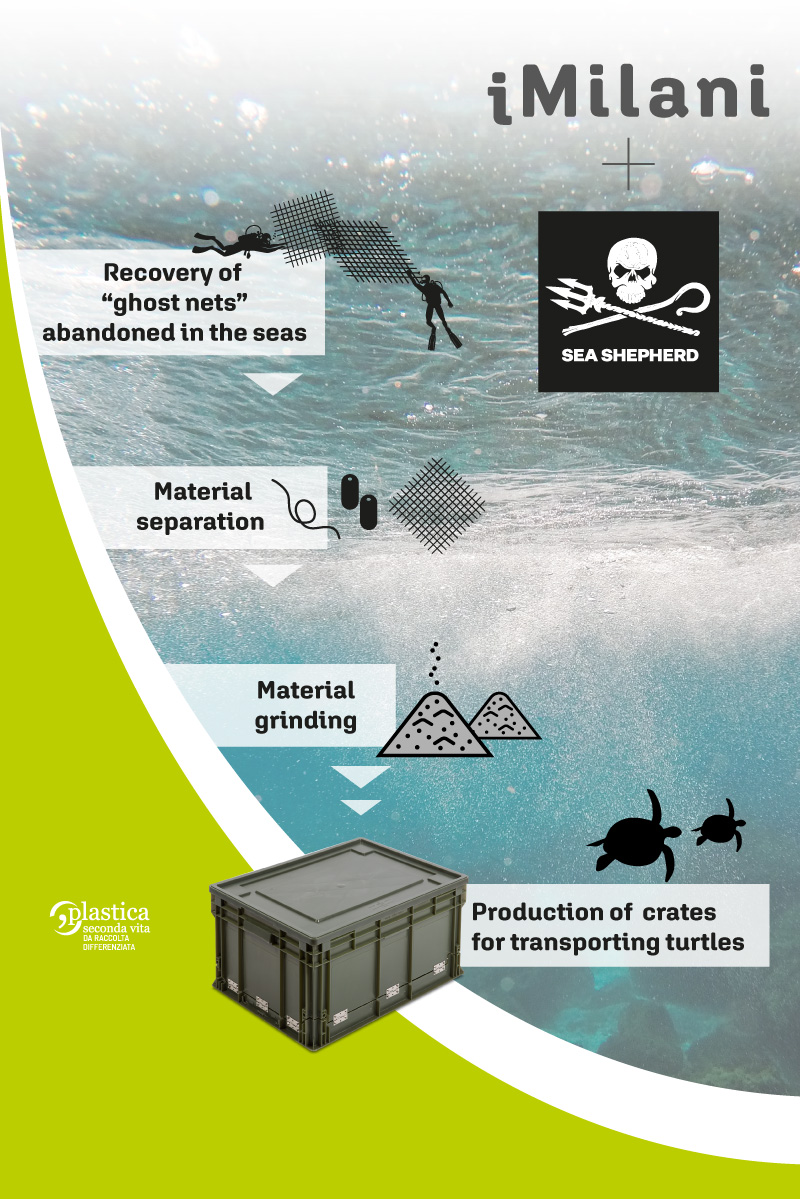The Earth is the most important container
Sustainability is our response to protect the Earth. A crate is our tool to do so.
About the Project
Have you ever thought how beneficial it could be for your company to use sustainable materials and contribute to the protection of the seas? We proudly present the innovative project born from the collaboration between IMILANI and SEA SHEPHERD ITALIA, for the realisation of Sea Turtle Crates made of abandoned fishing nets recovered from our oceans.
Plastic crates are an essential element for many industries, but the use of first-choice-polipropilene as raw material can have a negative impact on the environment. That is why we decided to make a difference. With our project, we not only provide high-quality plastic crates, but we do so with a mission: to reduce marine pollution and give new life to abandoned fishing nets.

SEA TURTLE CRATES
100% recycled

PLASTIC SECOND LIFE CERTIFICATION
The SEA TURTLE CRATES are obtained from the use of 100% polymers derived from waste from separate collection, and comply with the requirements specified in the ‘Plastics Second Life’ certification regulation.
IMILANI SUSTAINABILITY WAVES: CRATES FOR A RESPONSIBLE FUTURE
Using plastic crates instead of disposable packaging is a sustainable choice because it reduces waste and promotes a circular economy by allowing for repeated use and recycling.
→ Reduce the use of raw materials
→ Reduce environmental impact
→ Reduce single-use packaging
According to a report by the FAO and UNEP (2009), between 640,000 and 800,000 tonnes of fishing gear (nets, ropes, traps, floats, weights, mussel nets) are abandoned or lost worldwide every year. Abandoned fishing nets in the seas cause serious damage to marine ecosystems and threaten marine life. We believe it is our duty to intervene. Through a recovery and regeneration process, we transform these nets into strong, durable and fully recyclable plastic crates.
Fishing equipment
thousand tons abandoned
Illegal fishing (%)
1 out of 2 fish in the Mediterranean

Combating marine pollution caused by ghost nets.
Fishing nets, ropes, fish-aggregating devices, crates and baskets for collecting the catch… these are the equipment that haunt the seabed. They are the so-called ‘ghostnets’ or ‘ghost nets’: objects made mostly of plastic material that sink to the bottom after being abandoned by man due to wear and tear or damage. Remaining intact on the seabed thanks to the plastic’s resistance, they cause the entrapment and often the consequent death of marine inhabitants.
Here, then, the name, ghost nets, takes on a new meaning: buried in the deepest parts of the sea, and therefore invisible to human eyes, they are real ghosts, which, however, in their almost total invisibility, continue to claim victims.

iTALY
SEA SHEPHERD

Sustainability is our compass to protect the Earth. In this project the crate is our ship to sail to a better future.
Sustainability is our response to protect the Earth. A crate is our tool to do so.


